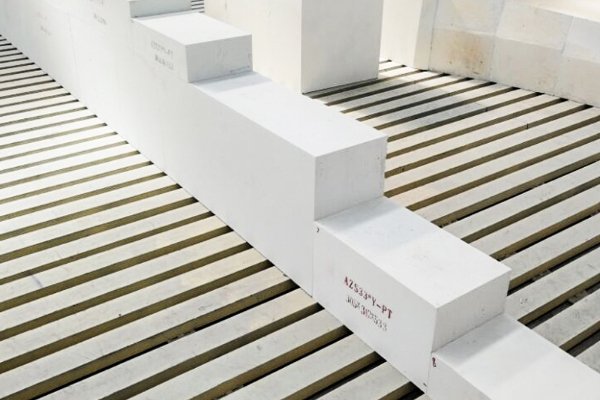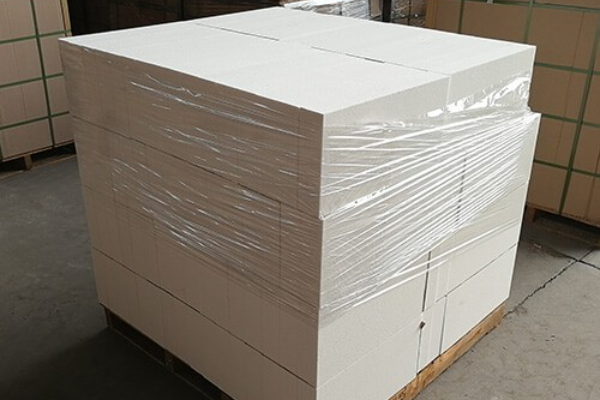The main function of insulating bricks is to maintain heat and reduce heat loss. Insulating bricks generally do not come into direct contact with flames, while refractory bricks generally come into direct contact with flames. Refractory bricks are mainly used to withstand flames. Generally divided into two types, namely unshaped refractory materials and shaped refractory materials.
Unshaped refractory materials, also called castables, are mixed powdery particles composed of a variety of aggregates or aggregates and one or more binders. When used, they must be mixed evenly with one or more liquids. Has strong liquidity.
Shaped refractory materials are generally referred to as refractory bricks. Their shapes have standard rules and can also be temporarily processed during construction and cutting according to needs.

The difference between refractory bricks and insulation bricks
- Thermal insulation performance
The thermal conductivity of insulation bricks is generally 0.2-0.4 (average temperature 350±25℃) w/m.k, while the thermal conductivity of refractory bricks is above 1.0 (average temperature 350±25℃) w/m.k. From this, it can be concluded that the insulation bricks thermal insulation performance of refractory bricks is much better than that of refractory bricks. - Refractoriness
The fire resistance of insulation bricks is generally below 1400 degrees, while the fire resistance of refractory bricks is above 1400 degrees. - Density
Insulation bricks are generally lightweight insulation materials with a density generally between 0.8-1.0g/cubic centimeter, while the density of refractory bricks is basically above 2.0g/cubic centimeter.
How to choose suitable refractory materials?

Generally speaking, refractory bricks have high mechanical strength, long service life, good chemical stability, no chemical reaction with materials, and good high-temperature resistance. The maximum heat-resistant temperature can reach 1900°C.
There is a big difference between refractory brick and insulating brick. Their usage environment, scope functions are different. Different materials are used in different locations. When purchasing materials, we must decide which refractory material is suitable for us based on our actual situation.
 Rongsheng Group
Rongsheng Group

WeChat
Scan the QR Code with wechat